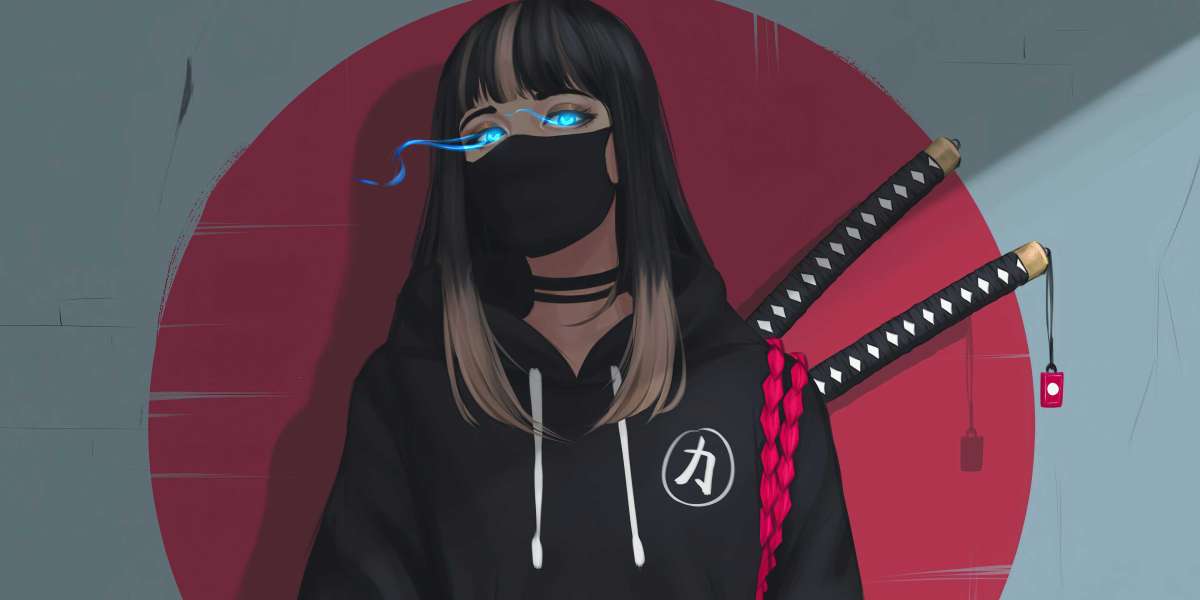The clutch cable is a crucial component in the operation of a motorcycle, playing a vital role in the engagement and disengagement of the clutch. A well-functioning clutch cable ensures smooth shifting and optimal performance, while neglecting its maintenance can lead to significant issues. This blog will explore the importance of a well-functioning clutch cable, how to maintain it, and the consequences of neglect.
Understanding the Clutch Cable
What is a Clutch Cable?The clutch cable is a mechanical link between the clutch lever on the handlebars and the clutch mechanism in the engine. When the rider pulls the clutch lever, it pulls on the cable, which in turn disengages the clutch plates, allowing for smooth gear changes. Most motorcycles utilize a cable-actuated system, which has been favored for its simplicity and reliability over hydraulic or automatic systems.Why is it Important?A properly functioning clutch cable is essential for several reasons:Smooth Gear Shifting: A well-maintained clutch cable allows for easy disengagement of the clutch, enabling smooth gear shifts without grinding or clashing.Control: The rider's ability to control the motorcycle is heavily dependent on how effectively they can engage and disengage the clutch. A malfunctioning cable can lead to unexpected behavior while riding.Preventing Damage: An improperly adjusted or worn-out cable can cause excessive wear on the transmission and clutch components, potentially leading to costly repairs.

Signs of Clutch Cable Issues
Recognizing early signs of wear or malfunction can prevent more severe problems down the road. Here are some common indicators that your clutch cable may need attention:Difficulty Shifting Gears: If you notice resistance when shifting or if gears grind when engaged, it may be a sign that your clutch cable is not functioning correctly.Excessive Slack or Tightness: A cable that is too loose may not fully disengage the clutch, while one that is too tight can prevent it from engaging properly.Fraying or Damage: Inspect your cable regularly for any visible signs of wear such as fraying, rust, or corrosion.
Maintenance of Your Clutch Cable
Regular maintenance of your motorcycle's clutch cable is crucial for ensuring its longevity and functionality. Here are some key maintenance tasks:
1. Visual Inspection
Performing a visual inspection is the first step in maintaining your clutch cable. Look for any signs of wear or damage at both ends of the cable:Check for Fraying: Examine the steel wire for any fraying or breaks.Inspect Housing: Ensure that the outer housing is intact and not cracked or worn down to the coil winding.
2. Adjusting Cable Tension
Proper tension adjustment is critical for optimal performance. Most motorcycles have an adjustment barrel located near the lever:Determine Slack: Aim for approximately 3 to 5 mm of slack in the lever when pulled.Adjust Accordingly: Turning the adjuster clockwise will increase slack (loosen), while counterclockwise will decrease slack (tighten)
3.Lubrication
Lubricating your clutch cable helps reduce friction and prolongs its life. Regular lubrication can prevent sticking and ensure smooth operation:Remove Cable if Necessary: For thorough lubrication, consider removing the cable from your motorcycle.Use Appropriate Lubricant: Apply a high-quality lubricant designed for cables; this will help keep it functioning smoothly.Inject Lubricant: If you prefer not to remove the cable, use an aerosol lubricant with a straw attachment to inject lubricant into the housing
4.Regular Cleaning
Keeping your clutch cable clean is just as important as lubrication:Wipe Down Cables: Use a clean cloth to remove dirt and grime from both ends of the cable.Inspect Pivot Points: Ensure that pivot points where cables connect are free from debris and well-lubricated.
Consequences of Neglecting Your Clutch Cable
Failing to maintain your motorcycle's clutch cable can lead to several serious issues:Increased Wear on Components: A malfunctioning clutch can cause premature wear on both the transmission and engine components due to improper engagement.Safety Risks: Difficulty in shifting gears can lead to dangerous situations while riding, especially in traffic or during emergency maneuvers.Costly Repairs: Neglecting minor issues can escalate into major problems requiring expensive repairs or replacements.

Conclusion
The importance of a well-functioning clutch cable cannot be overstated. Regular inspection,
adjustment, lubrication, and cleaning are essential practices that every motorcycle owner should adopt. By maintaining your motorcycle's clutch system, you ensure not only smoother rides but also enhance safety and prolong the lifespan of your bike's components.Investing time in simple maintenance tasks will pay off significantly in performance and reliability.









